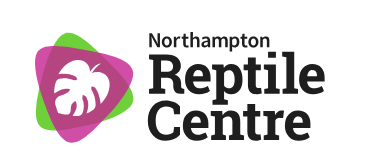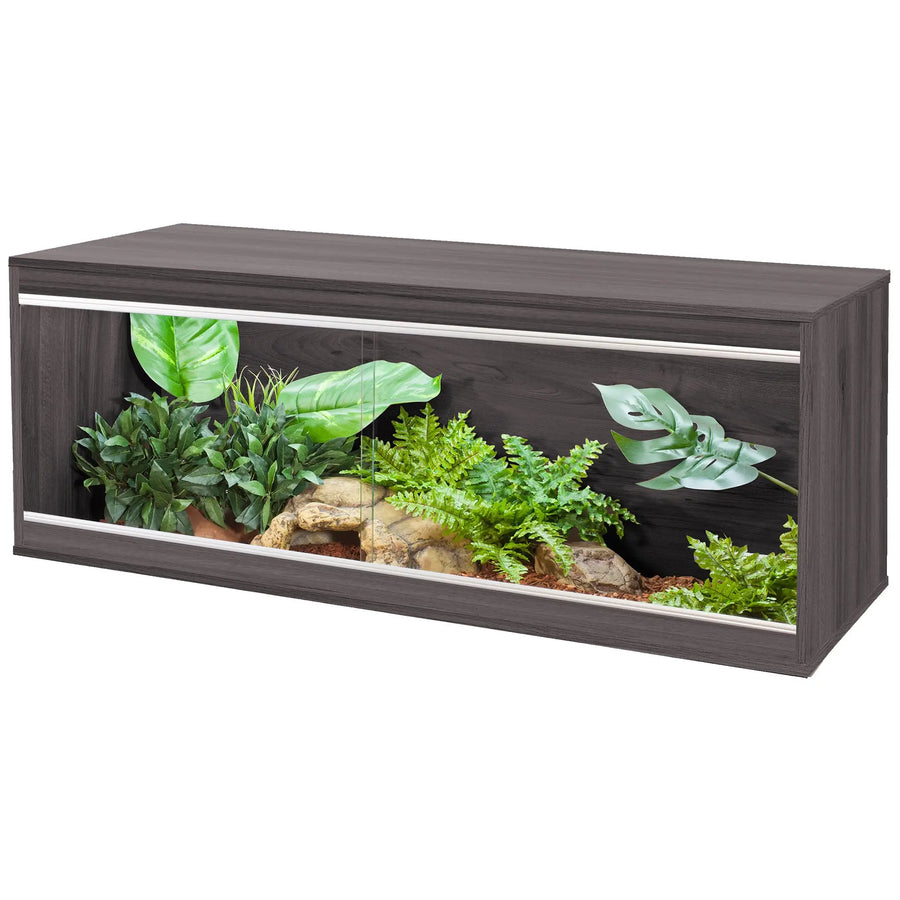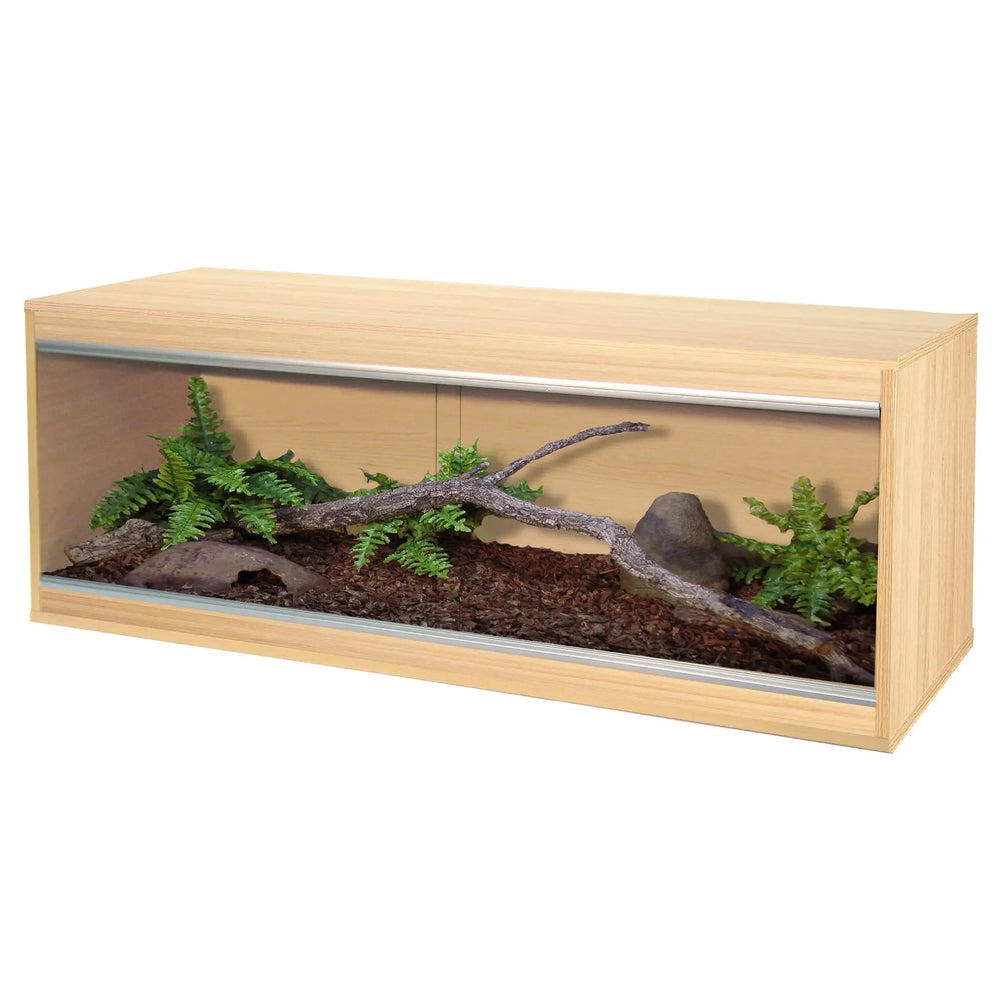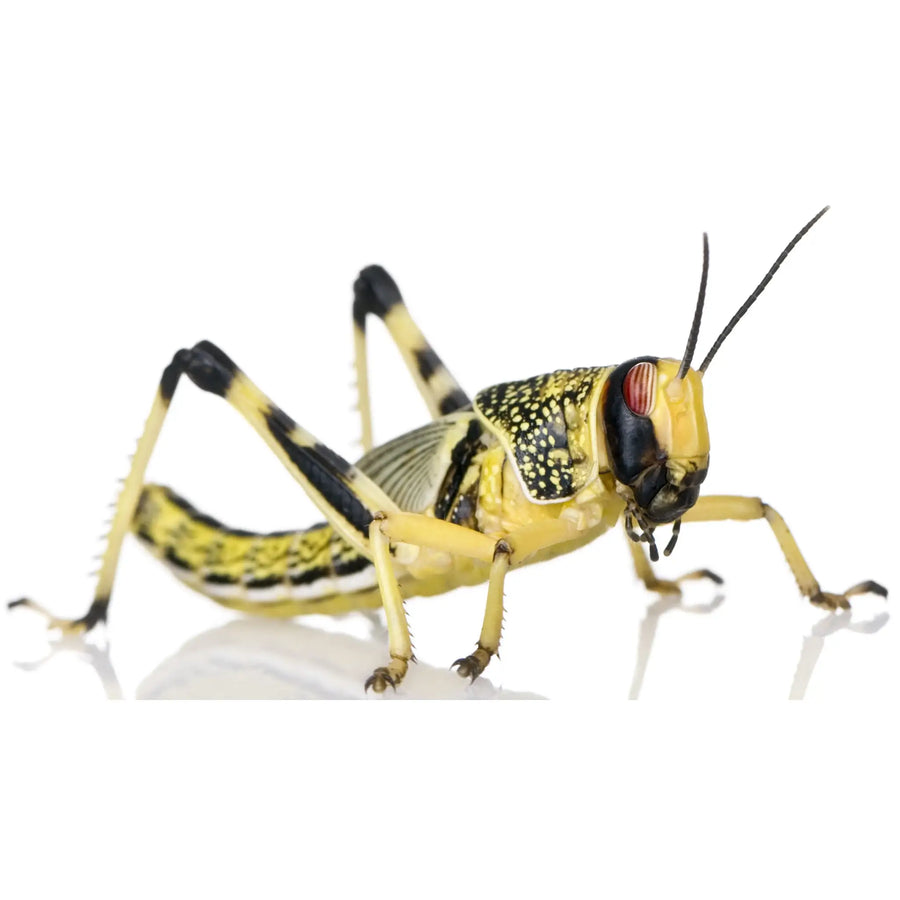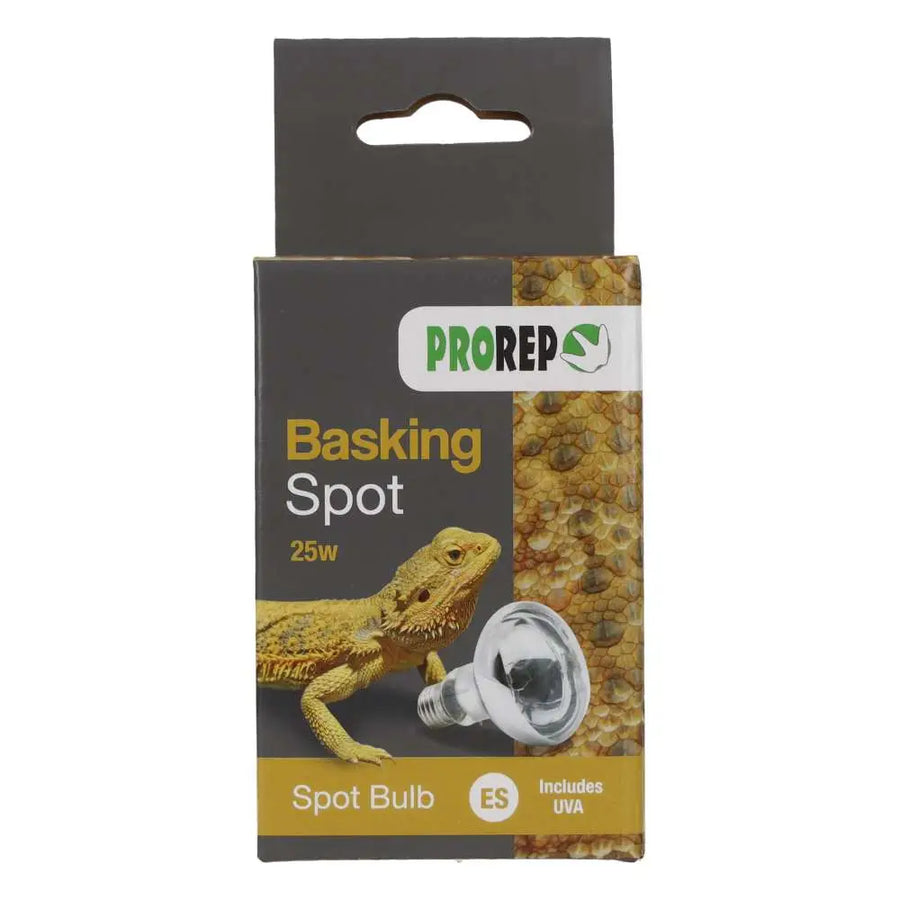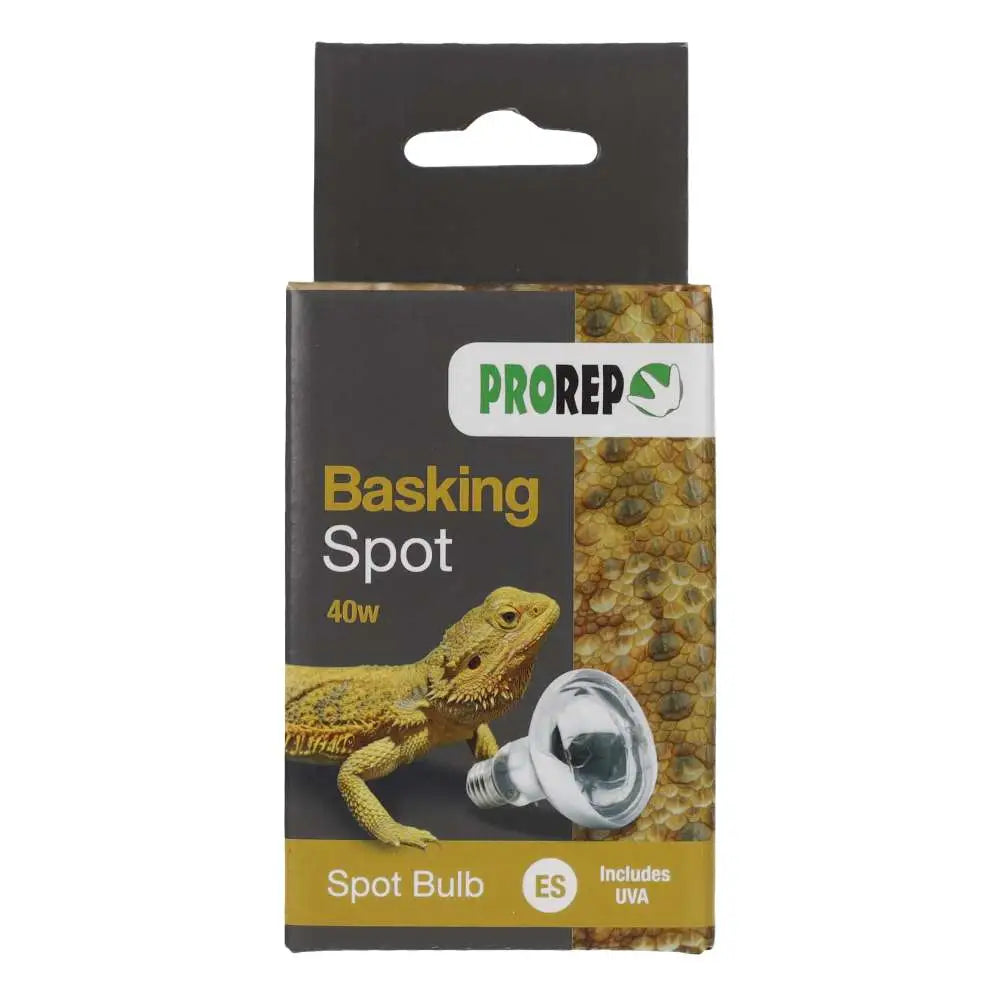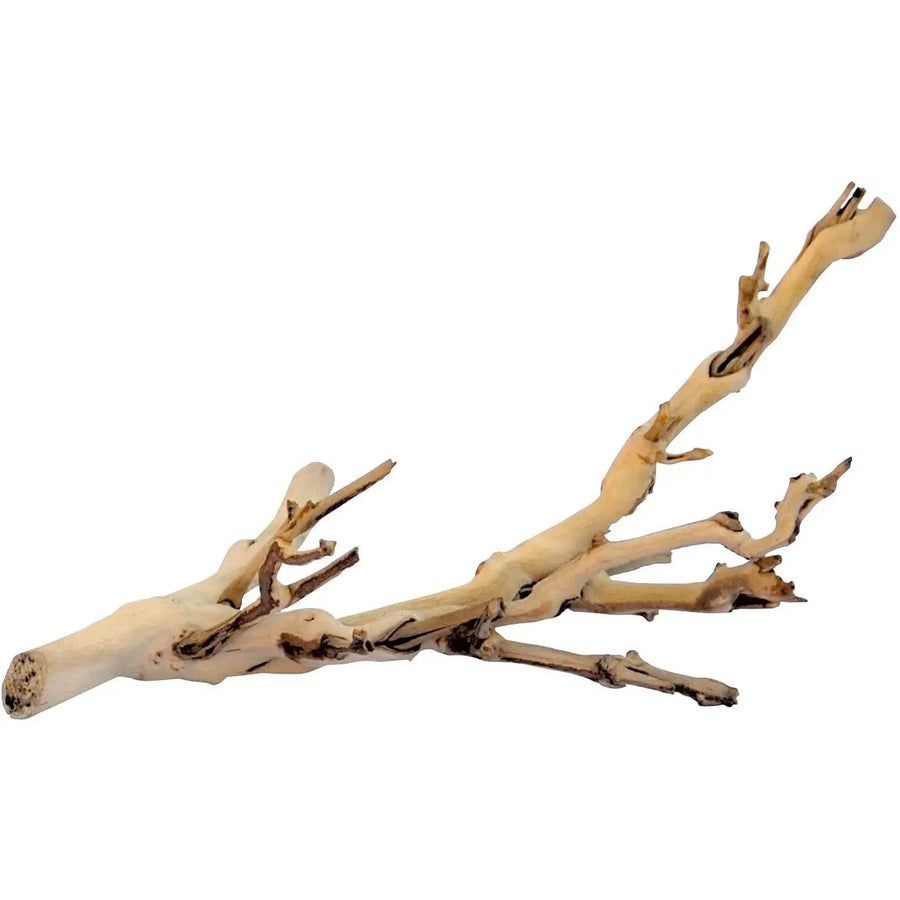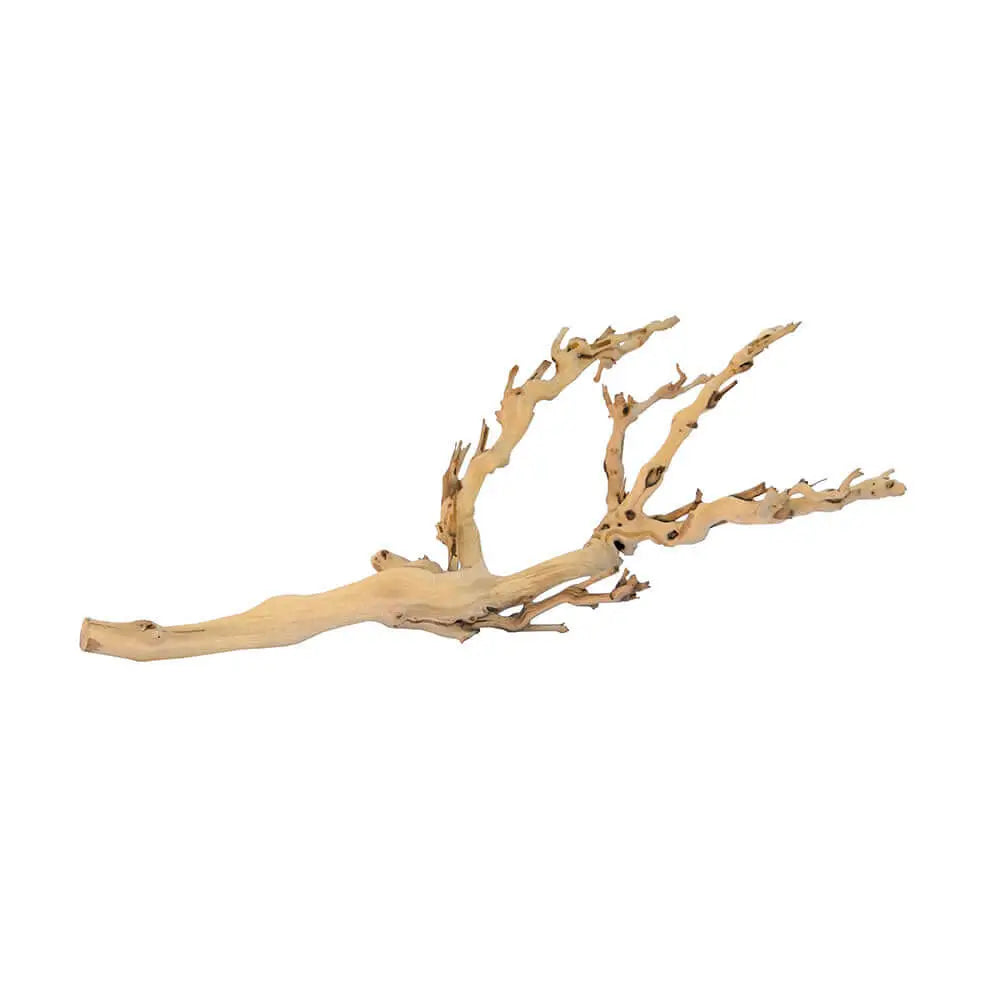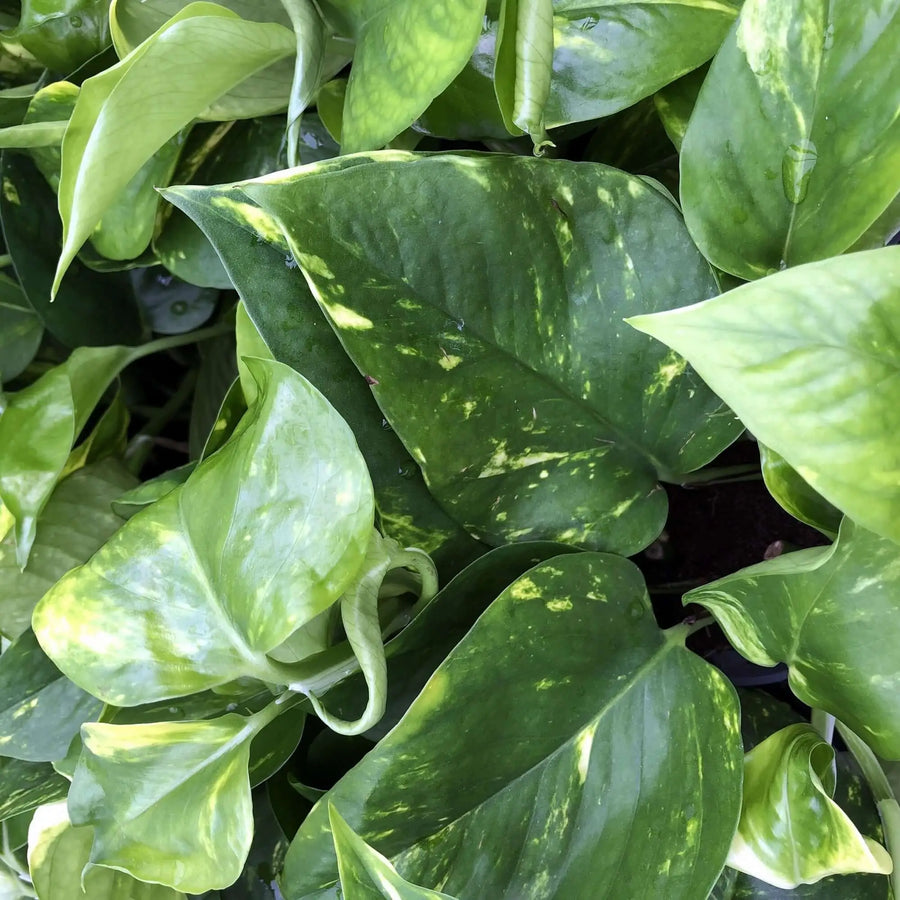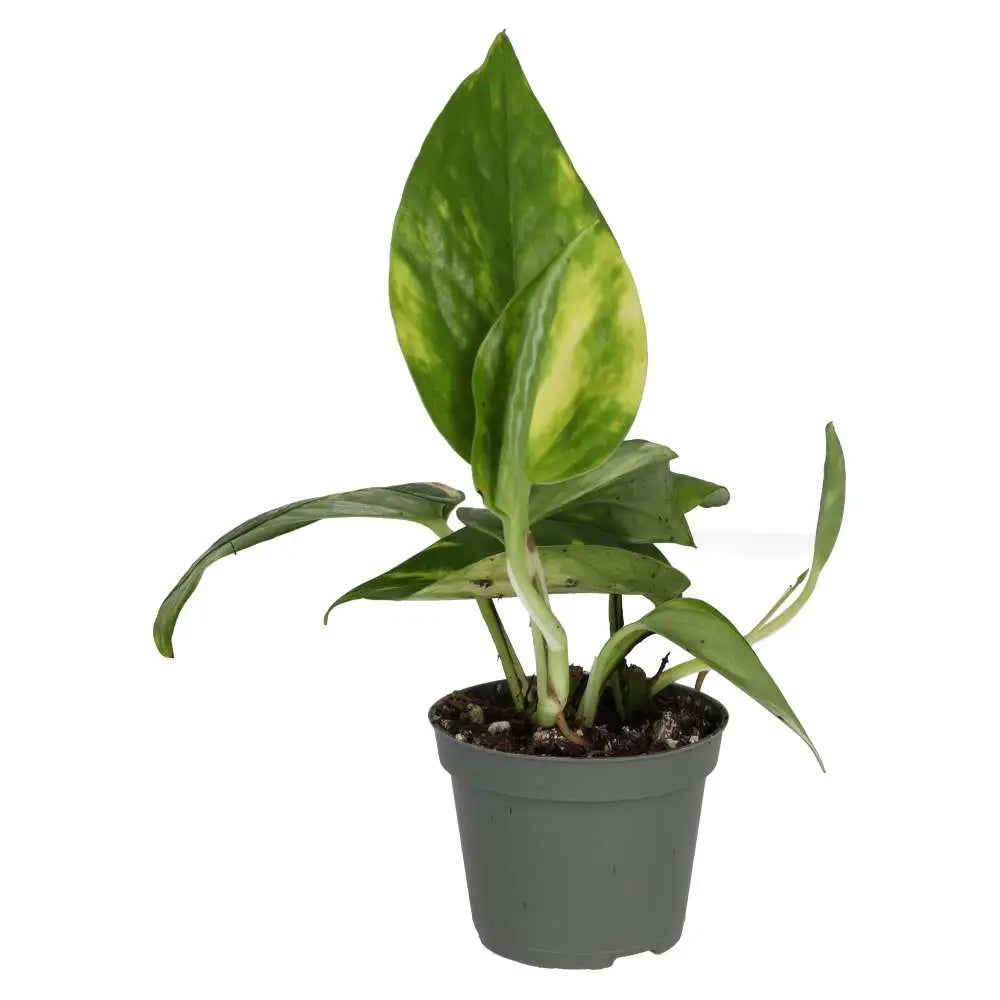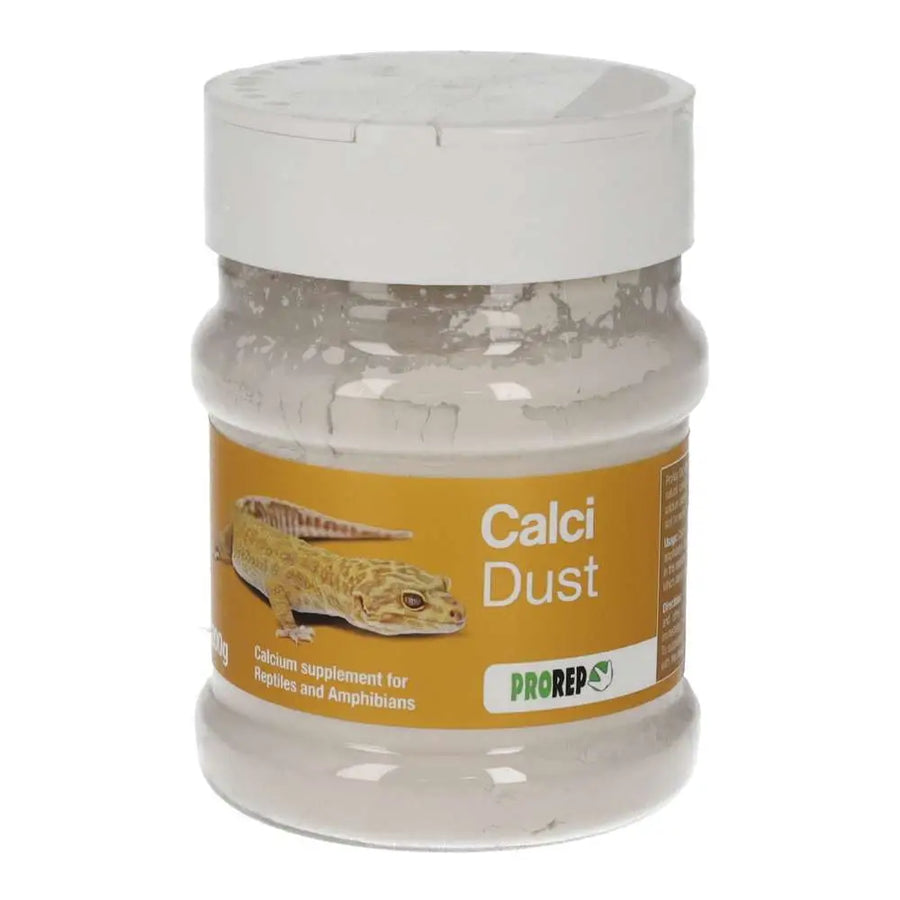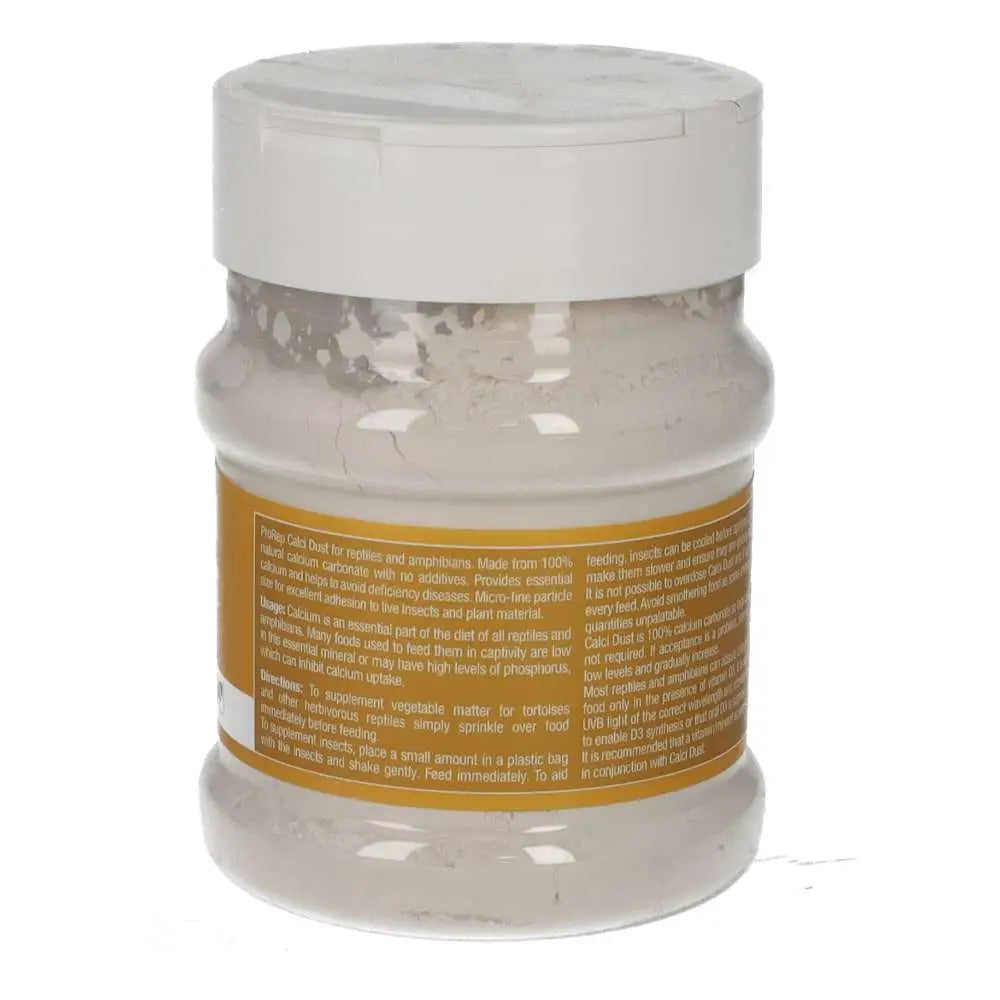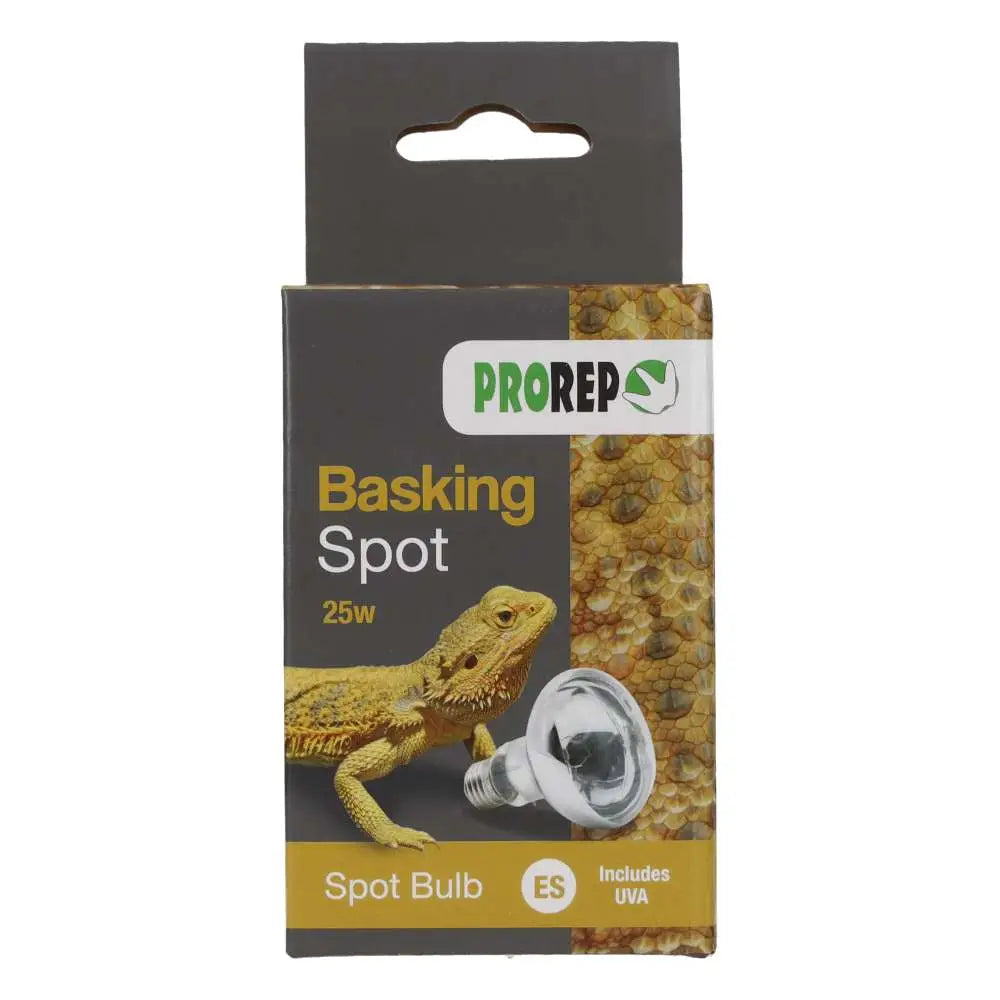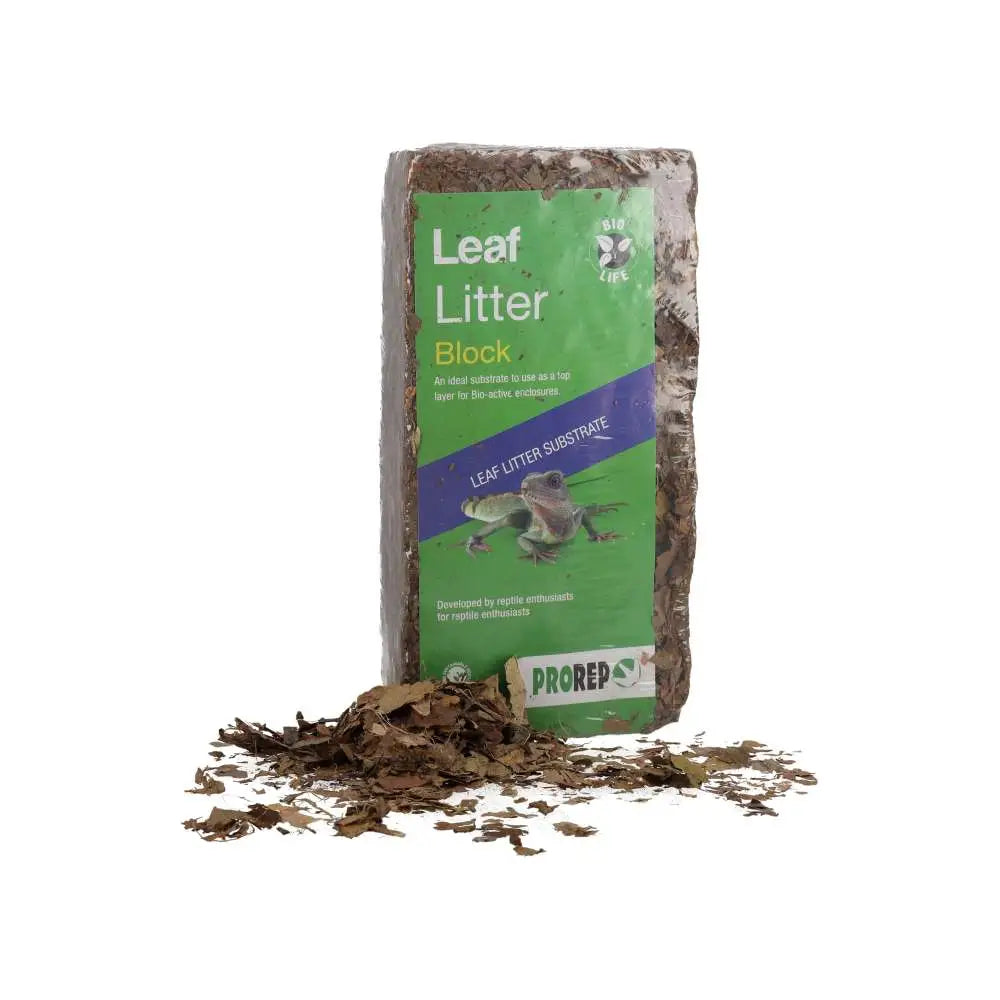
New Dawn: Innovative Plant Growing LEDs by Reptile Systems
by Gary Rolfe on in Products
LEDs have come a very long way since their original concept in the early 1900s. They have been used for every type of lighting application from standby lights on electrical appliances to high-tech headlights for cars and every other conceivable use in between.
The commercial application for growing crops and plants indoors, or in hostile environments using LEDs, is great although on a large scale would require some investment. Large greenhouses can grow crops all year round using tailored lighting outputs to promote growth, budding and flowering, adding predictability to crop harvest times and yields. Plant growing using LEDs is still, relatively, in its early days and is very exciting in terms of development; indoor crops have been grown using LED lights even in Arctic locations. It can bring a low energy way of taking farming to remote locations, even off-planet, in the form of aquaponic and hydroponic farming, as a way of sustainably feeding people and livestock while providing a clean breathable atmosphere. As we can scale this down into our own indoor planted setups, we can create a beautiful environment for our animals, enrich our sense of well-being, whilst cleaning the air in our house.

The hobby has been blessed with an upsurge of people wanting to keep plants, either on their own or as part of an enclosure for animals. Paludaria, terraria, carnivorous plants and bioactive are, to name but a few, ways in which plants are being used creatively to make eye-pleasing terrascapes for the domestic environment. Effectively, lighting for optimal plant growth, while making them pleasing to the human eye, is the goal.
It is worth noting that a trade-off must be made, as plants have different light absorption peaks than people. Photosynthetic light is in the red and blue spectra while human eyesight peaks more in the yellow and green colour range. Most plants still require limited amounts of light from other parts of the spectrum for other processes. This should always be taken into consideration as PAR (photosynthetically available radiation) is not the same as lumen or lux, which are more a measure of brightness to the human eye. So basically, just because an LED is very bright, by human standards, it does not necessarily mean it is the best lamp for plant growth. We should be aiming for a colour of around 6500 Kelvin, which is considered best to cover all bases. We have designed the Reptile Systems New Dawn range to satisfy all these criteria and have an on-going development process to improve as we discover more, and affordable technology becomes available.

We get asked two general questions about New Dawn:
Why do you make so many different types of plant lights?
All the New Dawn range include 141 or 151 lumen output chips and have a colour temperature of around 6500k. As this is not a ‘one size fits all’ solution, we have come up with a comprehensive
range of lighting to fulfil all your needs. This is why we have New Dawn compacts, spots, T5 and Proten LED bars. They each serve a lighting solution for different situations. For example, a 10w spot will spread light in a very different way than a 10w T5. We have the 10w spot to punch down the light further as LEDs have a weird physical law that governs their output over distance. This is called the inverse square law, as you move further away the output is reduced by a squared factor. Therefore, if you take a reading at 1m and another at 2m it is not halved it is quartered, at 3m it is reduced by a factor of nine and at 4m by sixteen and so on, e.g. 100 at 2m is 100 ÷ 4 (2²) = 25. The use of different lamps will be explained further in future blog articles.

Why use the name New Dawn?
Quite simply really, each day starts with a new dawn as the sun’s powerful life-giving light bestows its gift upon the world, also we like the lyrics to the Nina Simone hit song as it gives an organic feeling of happiness.
